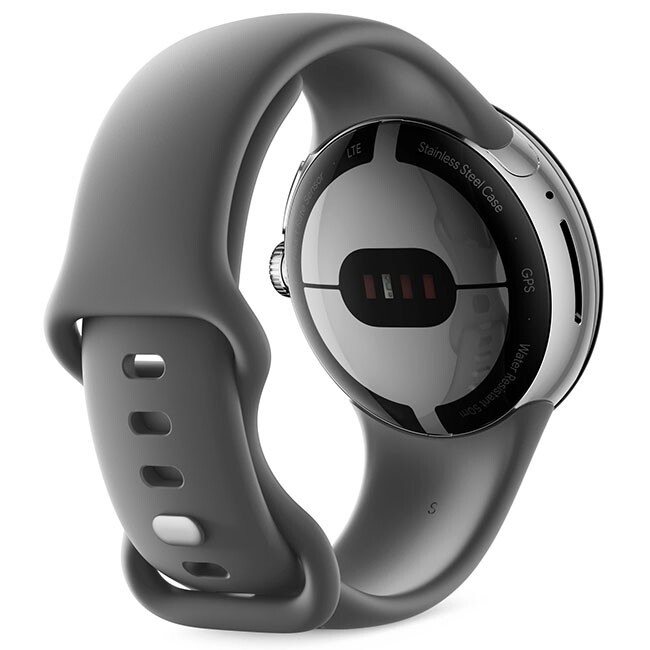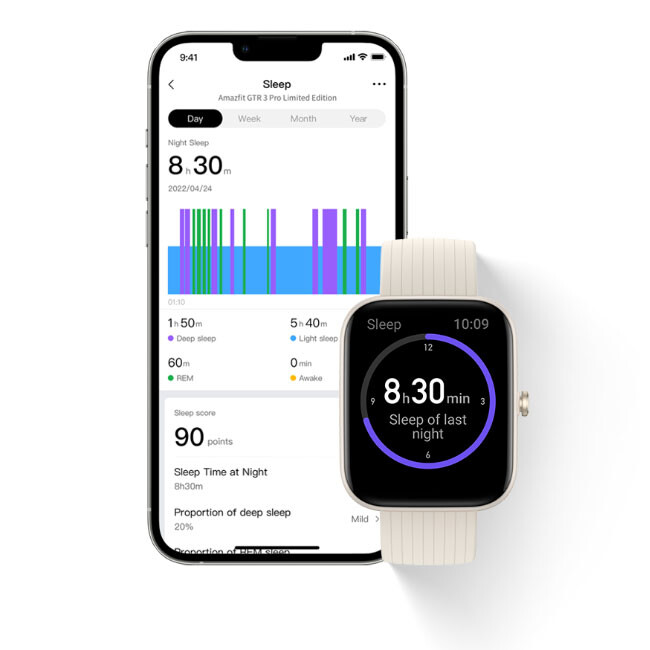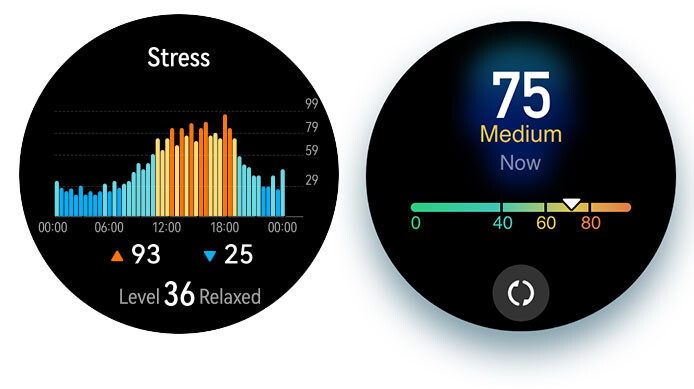Our smartwatches know more and more about us, to such an extent that it is surprising how much they can learn from just a small contact with our wristband. We’ve all wondered: how does a smartwatch know how well you sleep or that you’re stressed?
If you have also asked yourself that question, we will try to clarify how your smartwatch can make more or less accurate measurements of your health from the tiny sensors inside.
Many measurements, not so many sensors
In the old days, a smartwatch that could measure your pulse manually was already the ultimate. Later came continuous pulse recording and with it a whole explosion of measurements ranging from sleep quality to stress, blood oxygen level, or breathing rate. There is even a smartwatch capable of measuring your blood pressure and rumors tell us that the Apple Watch could even show the level of glucose in the blood.
Smartwatches today measure everything, and yet the sensors are more or less the same. Inside, accelerometers and gyroscopes pick up even the subtlest movements. Aiming at the wrist, an optical sensor to “look” closely at your skin and capture the changes in each pulse or, to put it more finely, the microscopic changes in infrared light as it penetrates the blood vessels and returns to the sensor, being able to calculate the level of oxygen in the blood.

Huawei has the TruSeen sensor, Amazfit calls them BioTracker PPG, Samsung calls it Samsung BioActive sensor, and none of them publicly state how they work or their exact features, but they are made up of a series of photodiodes and LEDs to light up and look on your skin. These are where the sleep quality and stress measurements come from.
This is how your smartwatch knows how you sleep
There are several ways to analyze a person’s sleep using technology. Some apps use the microphone to detect snoring, but that’s not the norm for smartwatches. Instead, smartwatches rely on movements detected by their accelerometer and gyroscope, and heart rate measurements.
Amazfit explains it plainly on its website: when the heart rate is low and there is hardly any movement, it registers as deep sleep. When there is a lot of movement and the heart rate is high, it is considered light sleep. As sleep measurements spread across millions of devices, Big Data – one of Huami’s businesses – serves to fine-tune the algorithms that generate the results from the raw sensors.

The standard nowadays is that smartwatches can also estimate when you are in the REM phase. In this case, the heart rate and motion sensor data are added to the respiration rate to make the estimate. So how does the smartwatch know your respiration rate? The answer is, again, the accelerometer.
The system is far from perfect, as Huawei explains: your watch won’t know you’ve stood up if you don’t move. In addition, the smartwatches will be aware of how much you go to sleep in certain time slots (Huawei, from 20:00; Amazfit, from 18:00), so those who sleep in unusual time slots may have somewhat irregular measurements.
Stressed? Your watch knows, sort of
All the latest smartwatches include stress measurement, which is even more enigmatic than sleep analysis. How does your smartwatch know you’re stressed, when maybe even you haven’t noticed?
This time the accelerometers can rest, as it is taken care of by the heart sensor, using the old technique of measuring alterations in the duration between heartbeats, also known as HRV (Heart rate variability).

Harvard Medical School explains: “HRV offers a noninvasive way to signal imbalances in the autonomic nervous system. Based on data collected from many people, if the system is in a fight or flight mode, the variation between heartbeats tends to be smaller, whereas if the nervous system is relaxed, the variation may be greater.”
Again, the system is far from foolproof. Huawei includes the warning that the consumption of caffeine, nicotine, alcohol, or drugs can alter the results, which also will not be very reliable in people with heart disease, asthma, who are playing sports, or who do not wear the watch correctly.
This post may contain affiliate links, which means that I may receive a commission if you make a purchase using these links. As an Amazon Associate, I earn from qualifying purchases.

